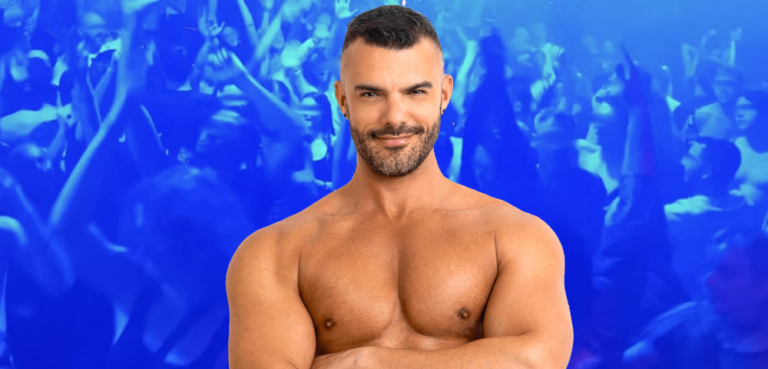
Growing up gay and Aboriginal in an outback town with less than 1,000 people
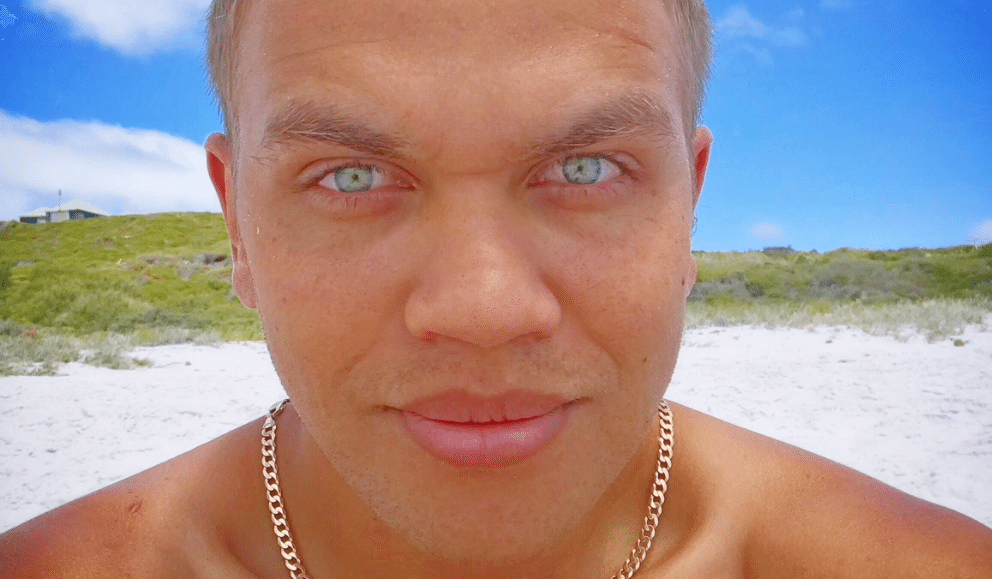
Growing up gay and Aboriginal in an outback town with less than 1,000 people can be an isolating experience. Indigenous advocate Mark Nannup reflects on his hometown and standing up for change.
***
I’m from a remote town in Western Australia called Meekatharra, where the Yamatji tribe – my tribe – are from. This tribe in particular stretches from Geraldton on the West Australian coast all the way to Meekatharra which is a good 800 kilometres inland.
When I was 18 months old I left one Aboriginal family and was adopted into another and, being the only kid with blonde hair and blue eyes, had a horrible time.
Growing up my differences made life incredibly isolating, and led me to become a target for bullying. I was realising my gay identity at the same time, and had to struggle with keeping it to myself.
My mother was extremely homophobic. I remember telling her as a teenager that I wanted to be a gymnast and a flight attendant, and she told me I couldn’t because those positions were reserved for ‘faggots’ and ‘poofters’.
My high school days were spent covering up the fact that I was gay by dating girls, despite the fact I never did anything with them.
Roughly 90 per cent of the town seemed to work in mining or construction and a lot of them had a particular way of speaking, walking, and acting that left no-one in doubt about how straight they were. It forced me and people like me to hide the fact we were gay.
I studied engineering and did an apprenticeship to try and conceal the fact that I was gay and to pretend that I enjoyed working in the shithole environment many of the straight people in my town seemed to claim as a badge of honour.
However, after a period of time I grew sick of living a life that didn’t reflect who I was. So I made sure I had a car, a place to live, and a job, and I came out to my family just before I hit my twenties.
I was worried my mother would disown me, though thankfully she did not, so I packed up and moved to Perth to regain the self-esteem and confidence that had been destroyed through working in mining and construction in Meekatharra.
Being gay in a regional, rural, or even remote town that doesn’t feel accepting or safe can make you feel ashamed of who you are.
It’s important to have support and people to reach out to. Many struggle without a group of people they feel safe speaking with, people who are willing to help you when you need it.
The only person who saw what I really wanted to do with my life and pushed me to pursue it was my father, who has now passed away.
He was the best father a gay kid could ask for. When I came out he told me he still loved me and that he would be happy to head along to a gay club with me, because they played the best music. And he did.
My older brother and I were the only ones on my father’s side of the family who are not in jail and with jobs, so he was supportive of me doing something with my life.
I ended up moving to Melbourne to study acting and theatre, and since then I’ve been heavily involved in the Indigenous LGBTI community.
I was contacted by the Victorian NAIDOC committee and asked if I was interested in being a part of it, given I’d been doing quite a bit of volunteering in the Aboriginal community at that point.
I jumped at the opportunity and in 2016 put on an LGBTI event for NAIDOC week, with the support of elders and the community.
That same year I reached out to Midsumma Festival and asked about the lack of Indigenous people in their events, and ultimately helped to coordinate the Aboriginal and Torres Strait Islander contingent at Pride the following year, who led the march for the very first time.
Since then, I’ve tried to continue increasing LGBTI visibility within the Indigenous community, and Indigenous visibility within the LGBTI community.
Last year our NAIDOC Pride event saw 250 people head along to watch the crowning, and one of the winners got to perform in front of 50,000 people.
I was also part of the Better Together conference earlier this year, helping to ensure the voices of Aboriginal and Torres Strait Islander LGBTI people were heard.
Since doing these events, I’ve had tremendous support from Aboriginal communities and businesses, and I plan to take what I’ve learned and try to implement it in my hometown, where much support is still needed.
It can be a struggle for LGBTI people in towns like Meekatharra, and if no-one’s there to make change happen, it never will. If there’s one thing I’ve learned over the years, it’s that if you want something done, you have to do it yourself and be prepared for a rough ride.
I would love to see more and more Aboriginal and Torres Strait Islander LGBTI success stories rather than traumatic stories.
I hope that the work I am doing is a way to combat that, because I’m sick of the stereotypes people project onto LGBTI and Indigenous communities, and I want people to take our views seriously because they’re as valid as anyone else’s.



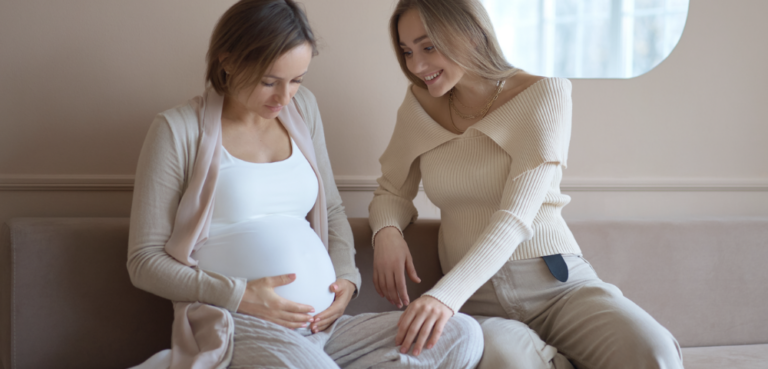

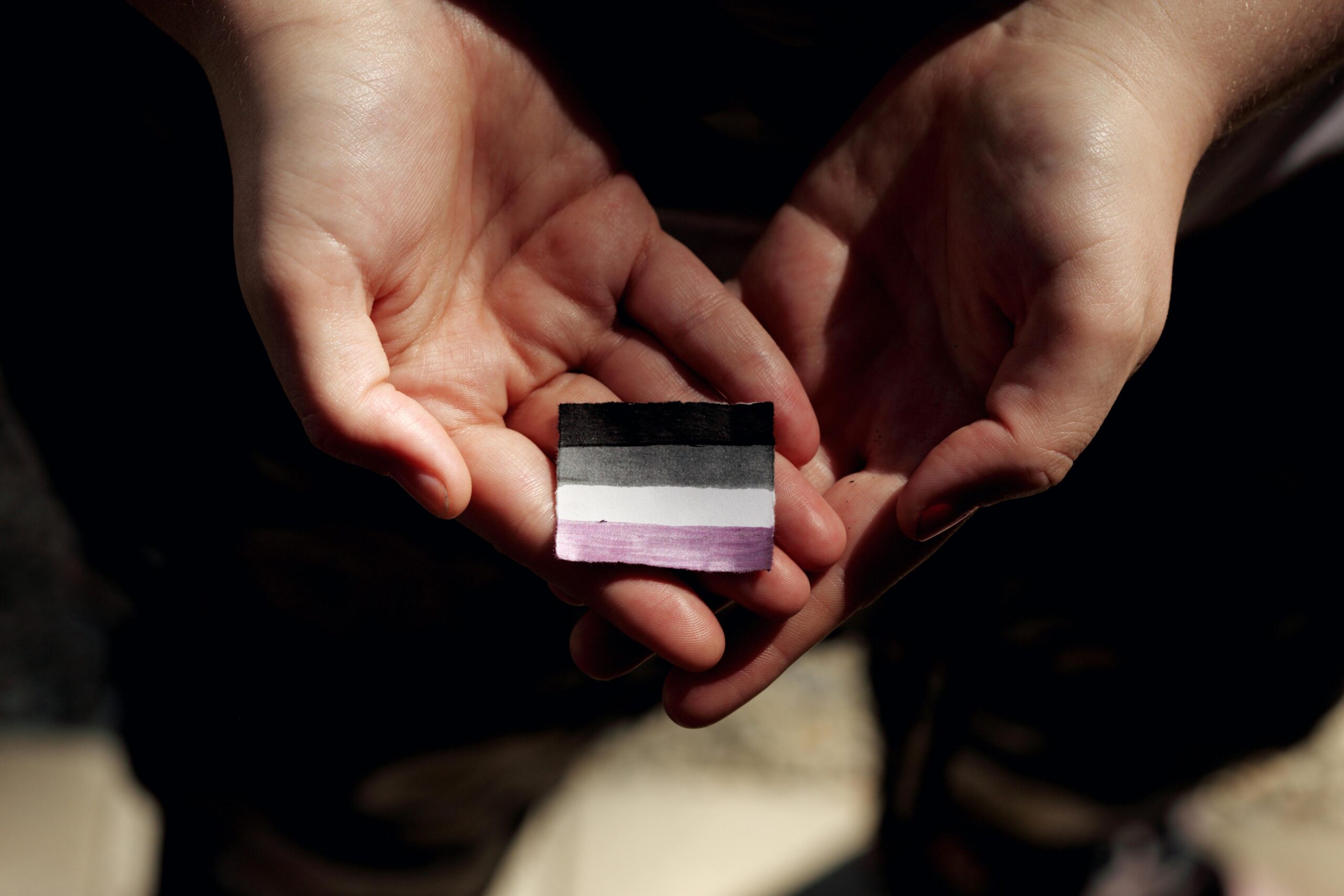
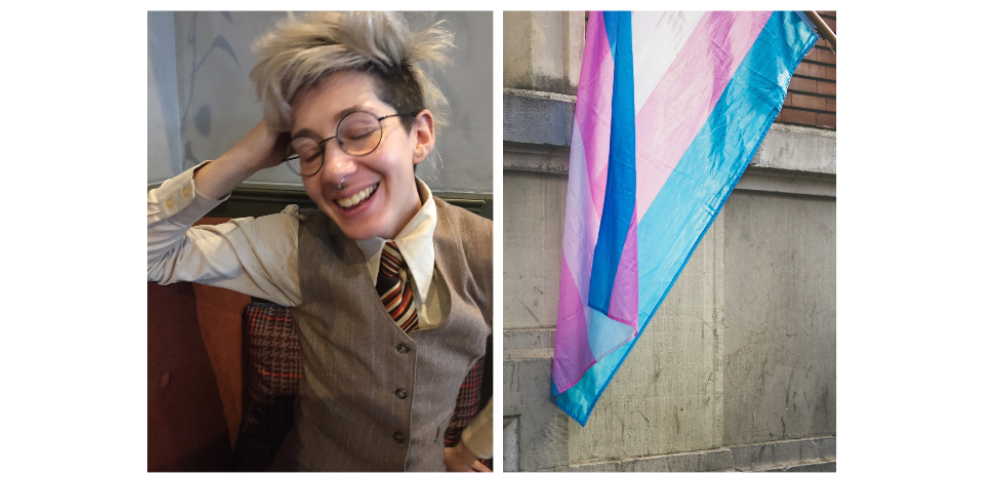
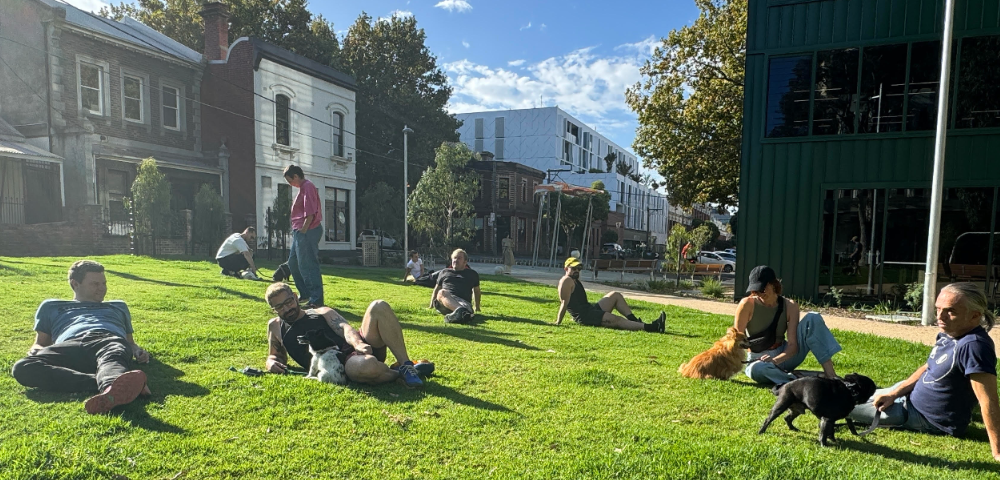
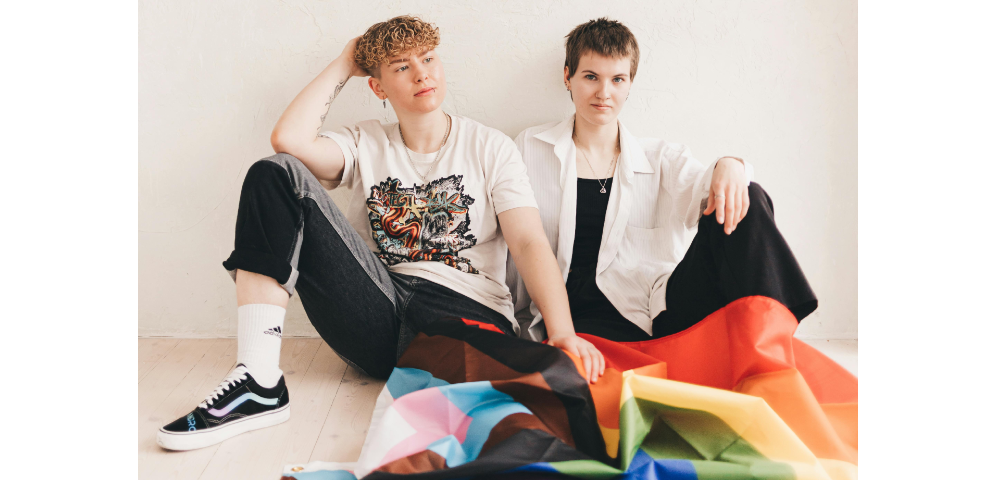
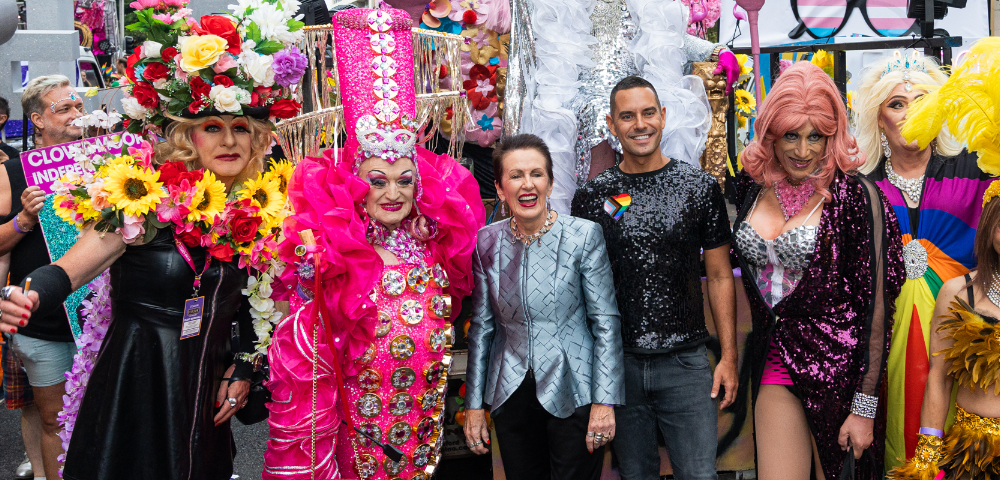
Dear Mark,
As a fairer skinned First Nations gay man that grew up on an island of less than 1000, I can definitely relate to what you’re saying.
Thanks for publishing your piece. We need more people to come forward and tell their stories. Not just ones of struggles, but also survivorship and success.
Mangatjay